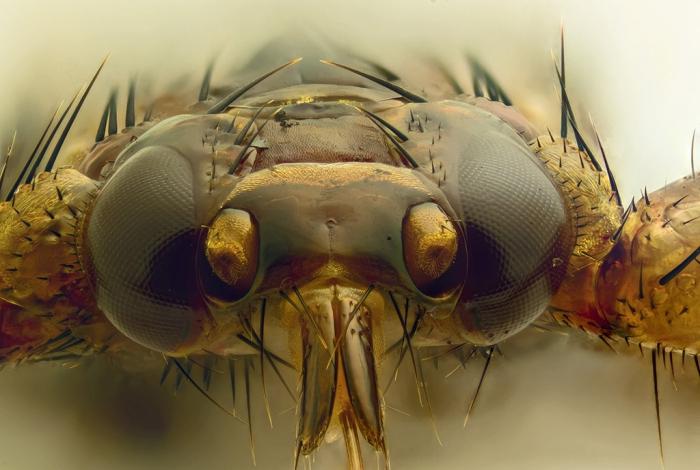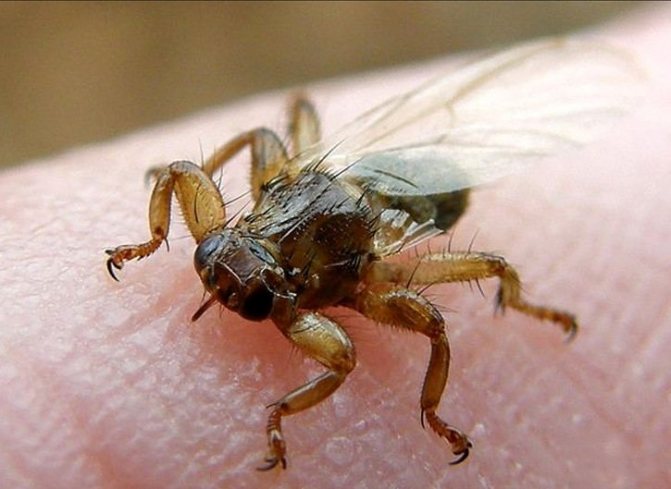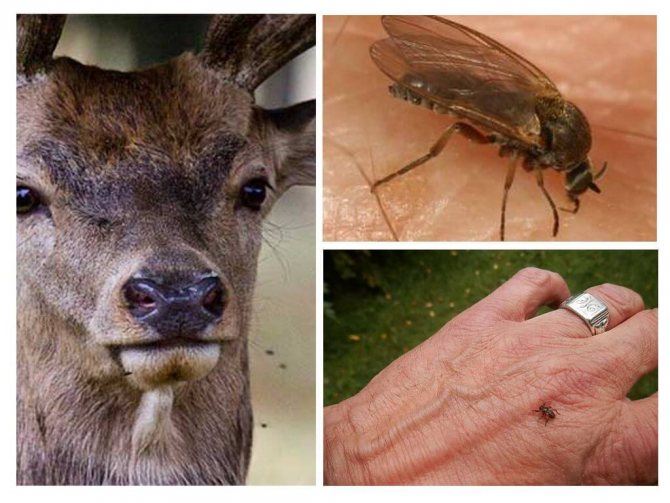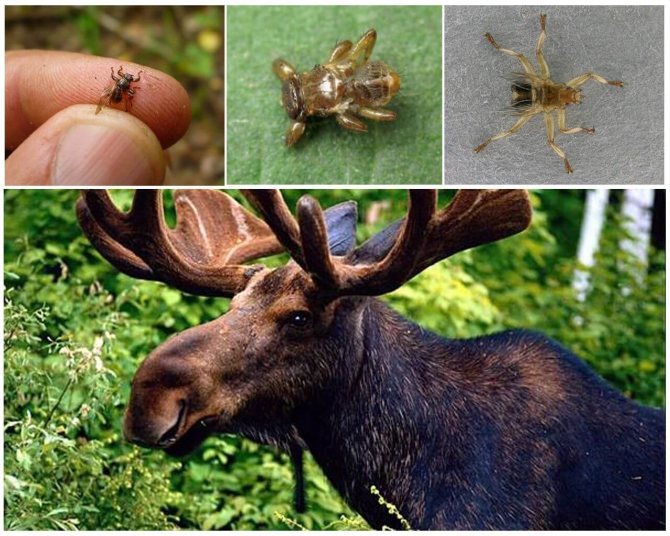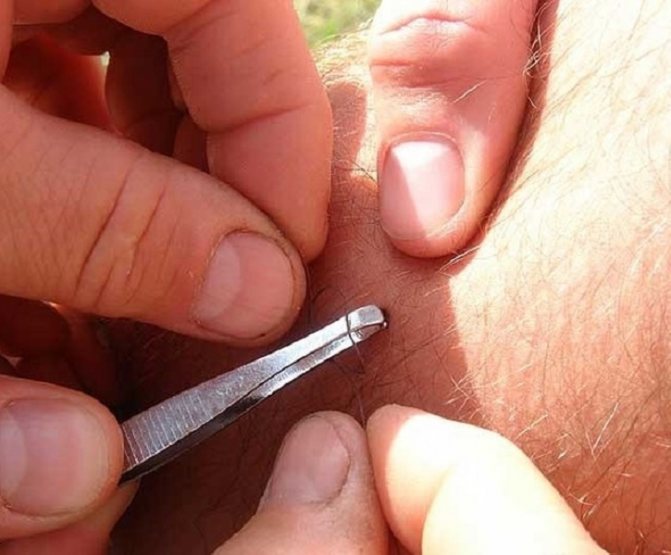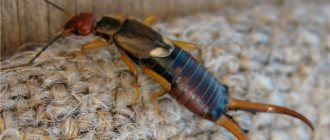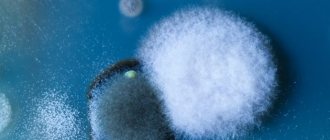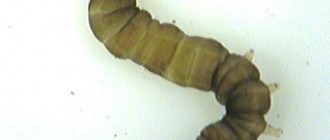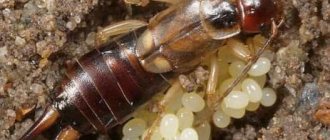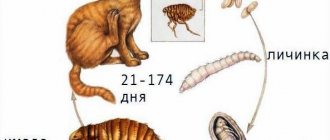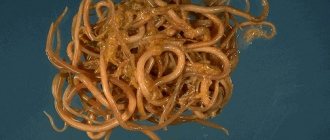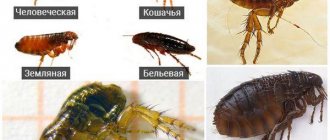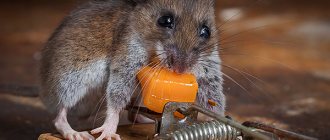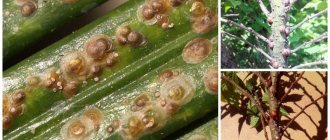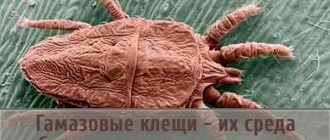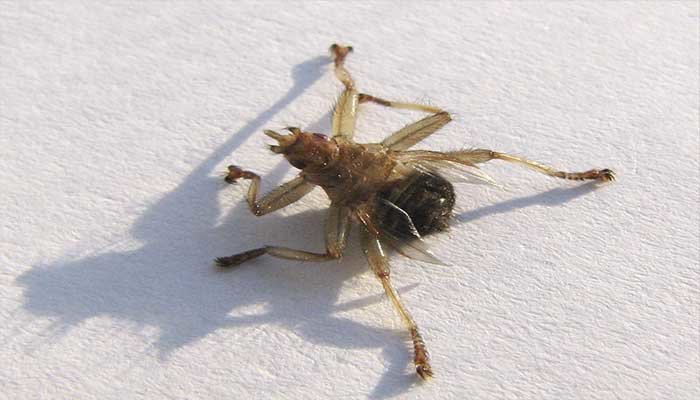
In the wool of deer, elk, roe deer, as well as cattle, you can find a terrible parasite, which is popularly called a moose flea. The scientific name is moose bloodsucker, which has nothing to do with an ordinary flea or tick. This is a special type of blood-sucking insect, which, according to medical data, is not dangerous to the human body, since it is not on the list of carriers of serious diseases. A person can catch the parasite in the forest in the summer-autumn period, especially in calm warm weather. If you find an insect in yourself, you need to get rid of it immediately, before it bites.
Blood-sucking moose fly: what is dangerous for humans and how does it bite?
Despite the fact that human blood is not suitable for starting and ending the reproductive cycle, elk lice attack humans. Moreover, in their habitat, these attacks are massive in 54% of cases. There are cases when a person was overcome by up to 120 adults. Unlike other ectoparasites, the deer bloodsucker does not synthesize an enzyme that numbes the skin during its bite, so the bite is extremely painful. The most frequently attacked persons at risk include:
- hunters. Butchering a dead deer or elk carcass will inevitably attract an insect;
- mushroom pickers gathering mushrooms in the forest;
- vacationers.
Scientists have recorded cases of an attack by a moose tick, but is its bite dangerous for a person? The insect is not considered a carrier of any infections or viruses. But it cannot be called harmless either, since the bite of a moose louse causes:
- severe pain;
- local hyperemia;
- itching and burning in the area of the bite.
After a person has been bitten by a moose tick, skin manifestations are inevitable. At the same time, in persons who are sensitive and have an individual intolerance to the enzymes of the saliva of the parasite, they are longer and more pronounced. At the same time, the moose louse is dangerous for humans also by the fact that the consequences of bites become more difficult and stronger with each next attack.
Prevention measures
Be attacked moose fleas it is possible not only in the forest. Fields, open areas of the terrain are also at risk. It is almost impossible to protect yourself from the attack of deer bloodsuckers. But it is quite possible not to be bitten. To do this, you must adhere to some recommendations:
- A prerequisite for walking in the forest should be the presence of closed workwear, spacious for movement. The ideal option is a jumpsuit.
- The sleeves of outerwear should cover the hands with cuffs or elastic bands.
- Tuck trousers into boots or socks.
- Choose one-colored clothing, as it is easier to find an insect on it.
- A headdress is required. The ideal option is a mosquito net. If there is none, a hat or scarf will do, plus a hood on the jacket.
- The use of repellents, the chemical of which scares away parasites, is effective.
For prophylaxis, after a walk in a wooded area, it is necessary to take:
- before relaxing in nature, it is recommended to wash in the shower using tar soap;
- at home, shake the removed clothes well;
- wash things in hot water, dry and shake well again;
- after rest, you also need to thoroughly wash the body with tar soap, thoroughly wash and comb your hair;
- use insecticides that are effective at getting rid of parasites.
As you know, prevention is often more important than the treatment itself.
Features of the attack of a deer bloodsucker
Scientists have found that the moose fly always chooses a larger target for attack. Therefore, there are very few cases of attacks on babies up to 8-10 years old (if there is an adult nearby, the deer bloodsucker will give preference to him). The ectoparasite does not bite right away. Sitting on the body, the insect freezes to lull the vigilance of the "victim". The attack occurs after a few seconds and begins with a rapid movement through the body of the "victim" in search of the scalp or open areas of the body. If you are afraid of being bitten by moose lice in nature, learn how to protect yourself from ectoparasites before entering their habitat.
Having found a place where you can firmly cling to the body, the elk tick does not strike immediately. He will wait, lull the vigilance of the "victim". The waiting period for an attack can last up to an hour. Do not try to scare off the bloodsucker with a sharp movement or a blow to the body - these activities will not scare her away. Removing a biting insect is also difficult. By lulling the vigilance of the "victim", moose lice are dangerous for a person, because he does not expect a bite in any way.
Description of moose lice
This insect has many more names: deer fly, elk mite, etc., which it received from the names of the feeding animals: moose, marals, deer. They can also settle in the wool of smaller animals (bears, foxes, wild boars, etc.).
On a note!
Elk lice belong to the bloodsucker family and are very similar to common fleas and ticks, which is why they are often confused with them.
The body is light brown, 2-5 mm in size with three pairs of legs with claws, with the help of which they cling to animal hair (see photo of elk lice). These insects have wings, although they rarely use them and a proboscis through which they suck blood. They use wings 5-6 mm long only when searching for a new owner, and then shed them and burrow into the animal's fur.
On the head of such a louse there are 2 large eyes, occupying almost a quarter of its volume, but in addition there are 3 more ordinary eyes (you can see this in the photo).
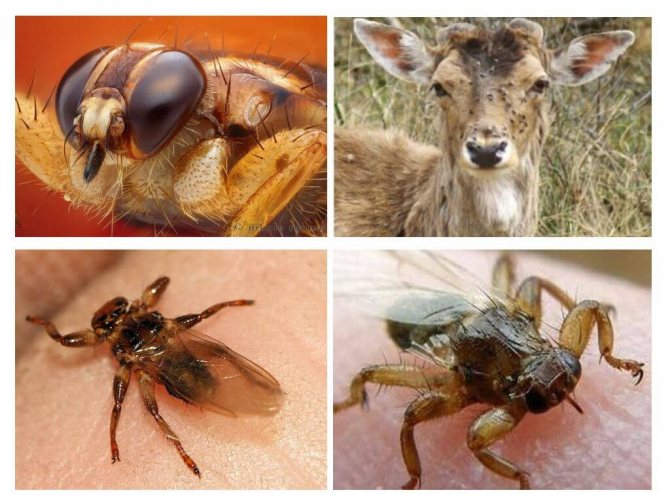

Elk lice
Distributed over a large territory of the European part of Russia, Siberia, in the north of China, in the Scandinavian and North American countries. One animal can host 200-1000 of these parasites.
How to identify a deer tick bite on the body?
Less sensitive people may not feel the bite. After drinking blood, the flat fly will fall off and leave the body. Therefore, in the absence of physical symptoms, it is almost impossible to see skin bite. But regardless of whether there was pain during the bite or not, there will still be skin consequences. Because of them, the deer bloodsucker is more dangerous to humans than other ectoparasites that cannot tolerate infections.
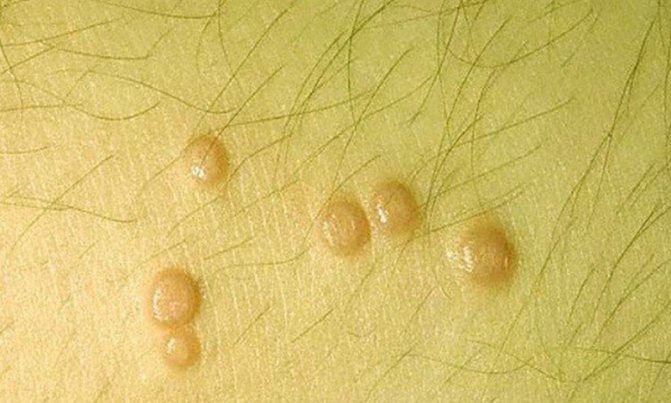

Consequences of a fly bite stuck to a person:
- the formation of papules at the site of the bite - a dense tubercle protruding above the surface of the skin;
- the appearance of severe itching;
- redness of the tissue adjacent to the wound;
- the appearance of a macular rash, often with a crust;
- the formation of a papular rash and severe itching without fever;
- blistering;
- the appearance of persistent dermographism.
Finding out whether a moose flea is dangerous to humans, scientists have come to the conclusion that an insect bite is dangerous because of its unpredictable body response to it. In some bitten people, the first manifestations in the form of exudative nodes of an acute inflammatory nature were observed after 4-7 years (entomoses, erythema, etc.). At first, painless tick bites with wings are dangerous for humans by the development of serious and intractable skin ailments. The period of manifestation of papules, blisters and rashes in all bitten is different - from 40 minutes-days to 10-21 days.
Who are these fleas attacking?
Most often, bloodsuckers parasitize on such representatives of artiodactyls as elk, deer, roe deer, red deer, as well as cattle. This species of warm-blooded mammals falls under the main risk category. Sometimes a moose flea can be found on the body:
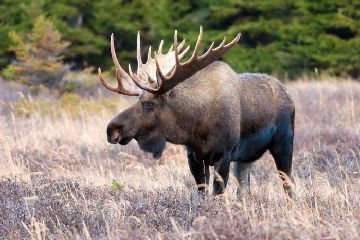

- bears,
- badgers,
- boars,
- dogs,
- sheep and goats.
The insect finds its victim by the smell of blood and the feeling of warmth, and then sits down
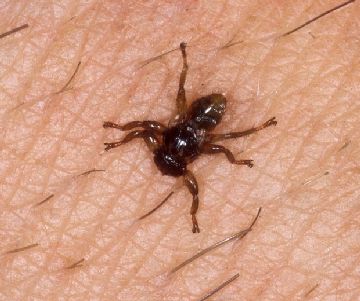

on the wool, and then digs into the skin, having first dropped the wings. For one feeding, the animal loses up to 1.3 mg of blood, which, of course, adversely affects the state of health and causes significant discomfort.
The optimal number of meals to maintain a normal life cycle is 10-20 times a day.
Moose lice bites: how to treat and recognize?
Interestingly, the bite of a moose flea is also dangerous for humans with accompanying problems. An itchy place is the reason for the penetration of infection into the body. The deer fly that bit the man left an open wound on the body. Brushing it with dirty hands in 82.6% of cases leads to the ingestion of pathogenic microflora. Therefore, having found a papule on the body, you need to:
- disinfect the bite site and adjacent tissues - hydrogen peroxide, alcohol, etc.;
- take an antihistamine - especially if a tick-like fly has bitten a person prone to allergies;
- seal the wound with a plaster and lubricate with a local antipruritic drug;
- consult a doctor immediately.
Knowing about the results of a moose lice bite, the treatment of complications should be entrusted to a specialist. An allergic reaction can be very strong, because during feeding the insect does not stop its vital activity. The wound can be contaminated with moose tick feces, which are dangerous for humans with increased sensitization of the body to irritants.
Correct treatment
It should be understood that if any symptoms appear on the skin, this indicates that the body is signaling a problem. If this manifestation resembles a mosquito bite, then of course, no one will run to the doctor with such a problem, and most often this happens. But it is necessary to take action, since complications are quite possible, which are much more difficult to cope with.
If we talk about folk methods, which, by the way, are quite effective in this case, then there are a lot of them. For example, to get rid of unbearable itching, you can use regular soda, for this it is mixed with a little water to make a gruel and applied to the affected area.
Ice will also improve the condition, it is wrapped in a towel and applied to the wound. It will help relieve swelling, inflammation and itching. Ideal helpers are calendula tincture and aloe juice, which relieve symptoms and have a beneficial effect on the condition of the skin. Asterisk balm is very often used, which is also effective.


For difficult situations, when manifestations are pronounced, the use of ointments and medications is required. This treatment should only be prescribed by a doctor after examination. It is forbidden to choose drugs on your own and on the recommendations of friends, since this can only harm and aggravate the condition.
How to protect yourself from moose lice in the forest?
Now you know that moose fleas are dangerous to humans, so a trip to the forest should be thought out wisely. Experts recommend:
- wear clothes that cover the whole body;
- the trousers, cuffs and collar should fit snugly, otherwise the moose fly, than the dangerous bloodsucker we described above, will crawl into the holes to the body;
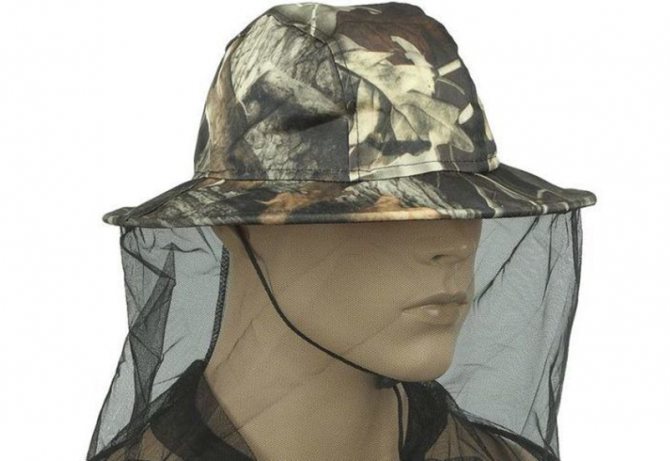

- treat hands and face, neck with repellents. Usually a remedy for moose lice is made on the basis of DET;
- apply a deterrent to clothing.If you have difficulty buying a ready-made repellent, you can use regular tar soap. This remedy for moose lice in the forest will save no less effectively;
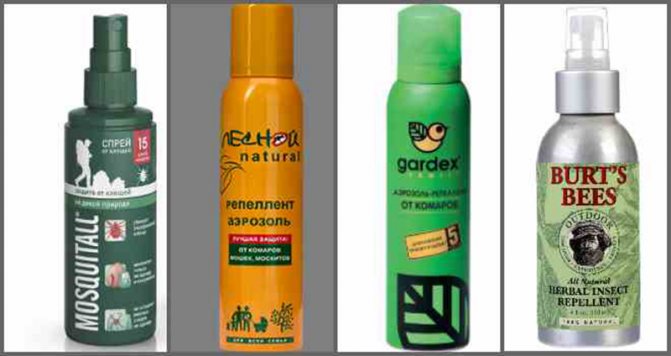

- take with you special devices for removing ticks - a lasso pen, a tick wrench or an ordinary strong thread. After the physical sensation of the bite, you need to try to remove the blood-sucking fly as accurately as possible by pulling its proboscis out of the body;
- take hydrogen peroxide and iodine, hand sanitizers and an antihistamine for elk flies in a backpack - the person who provides assistance also treats his hands.
Removing the insect will not be easy. It must be remembered that a flat fly is stuck, having such a body structure in which classical physical methods of struggle do not work. If there is no confidence that the ectoparasite will be removed correctly, oily substances should be used. If complications are found, immediately consult a doctor. It often happens that a moose fly is found in an apartment. In this case, you need to try to drive it out or scare it away with a repellent.
Summing up
If we talk about the danger posed by moose fleas, then the possibility of contracting infectious diseases can be excluded. But we must not forget about the bites, which cause various reactions of the body and in some cases are quite difficult for humans to tolerate. Measures must be taken to prevent insect attacks. But if the bite does occur, you will need to use means that will not allow complications. If you have severe symptoms, be sure to see a doctor.

